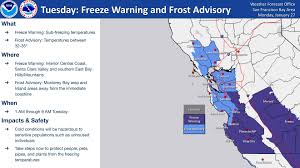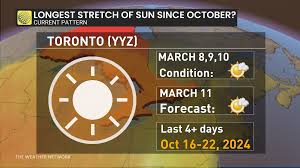
Introduction
As the temperatures drop and winter approaches, frost advisories become increasingly common in Canada. It is crucial for residents, especially farmers and outdoor enthusiasts, to understand the significance of these advisories and how they can affect daily activities and agricultural practices. A frost advisory signifies the likelihood of temperatures falling below freezing, which can have serious implications for crops, plants, and outdoor events.
What is a Frost Advisory?
A frost advisory is a notification issued by meteorological services when temperatures are expected to drop to or below 0°C (32°F), leading to the formation of frost. In Canada, these advisories are especially important in the fall and spring seasons. They alert residents to take precautionary measures to protect plants and sensitive outdoor equipment that may be damaged by frost.
Current Events: Frost Advisories Across Canada
As of October 2023, multiple regions across Canada, including parts of Alberta, Ontario, and Quebec, are under frost advisories due to predicted overnight temperatures dipping significantly. The advisories have been prompted by a cold front sweeping through the country, following a period of milder temperatures. Farmers, particularly those harvesting late-season crops, are advised to cover sensitive plants or bring them indoors to avoid damage.
According to Environment and Climate Change Canada, the advisories are especially prevalent in areas where agricultural activities are ongoing. It is estimated that unprotected crops may suffer significant losses if exposed to frost for extended periods. Crop yields can decrease dramatically as even a light frost can compromise fruit, vegetables, and flowering plants.
Precautions and Best Practices
Residents are encouraged to take several measures when frost advisories are in effect. For gardeners and farmers, covering plants with cloths or moving potted plants indoors can safeguard them against frost damage. Additionally, watering plants in the evening before a frost can help prevent heat loss from the soil, thereby creating a warmer microclimate around them.
Conclusion
Frost advisories are crucial indicators of sudden temperature drops that can significantly impact agriculture and outdoor activities in Canada. As the cold weather approaches, it is important for people to stay informed through local weather updates and to take necessary precautions to protect their plants and property. Understanding these advisories allows Canadians to make informed decisions and adapt to the changing weather conditions, helping mitigate potential losses during the colder months.




